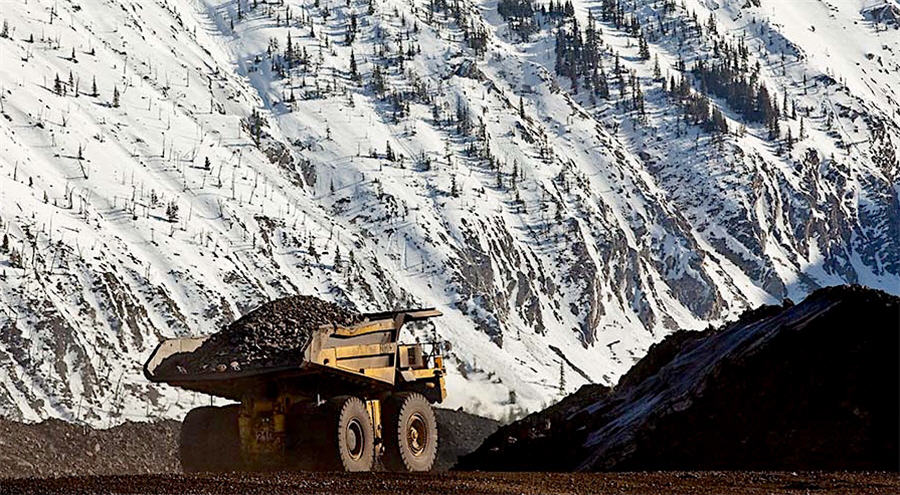Staff Writer | February 2, 2024 |

Teck’s Coal Mountain operations in southeastern British Columbia, Canada.
(Image courtesy of Teck Resources)
At the AME Roundup conference in Vancouver last week, attended by 6,200 delegates, Geoscience BC launched the Critical Minerals and Metals in BC Mine Tailings and Waste Rock program — a province-wide study to determine where potential concentrations of critical metals and minerals may be found in mine tailings and waste rock.

The first phase, Geoscience BC said, will collate and analyze existing information from current and historic mining operations to identify sites for future laboratory and fieldwork studies, looking to identify potential sources of critical metals and minerals that were not considered recoverable or valuable at the time of extraction — but that may now prove otherwise.
The first phase research funders are Arca Climate Technologies, which recently launched a pilot project with BHP to capture CO2 from mine waste, New Gold Inc. and Geoscience BC, with program support from the Ministry of Energy, Mines and Low Carbon Innovation’s Abandoned Mines Branch.
Geoscience BC simultaneously released the findings of a report indicates the potential for coalfields in British Columbia’s East Kootenays to host elevated concentrations of rare earth elements (REEs).
Traditional REE deposits are becoming depleted, while demand is anticipated to increase substantially over the next 15-20 years.
Coal deposits are known to be a potential source of REEs, and work is underway in the US and elsewhere to separate and concentrate REEs during coal processing.
Owing to the presence of REEs in some coal seams, BC’s search for inventories puts the spotlight on coalfields in the province’s southeast region.
This study has, for the first time, characterized REEs in BC coal. Over one hundred samples were tested, with elevated REE concentrations recorded, Geoscience BC said, adding that preliminary testing of extraction techniques also demonstrated the techniques recommended for further study.
At the AME Roundup conference in Vancouver last week, attended by 6,200 delegates, Geoscience BC launched the Critical Minerals and Metals in BC Mine Tailings and Waste Rock program — a province-wide study to determine where potential concentrations of critical metals and minerals may be found in mine tailings and waste rock.

The first phase, Geoscience BC said, will collate and analyze existing information from current and historic mining operations to identify sites for future laboratory and fieldwork studies, looking to identify potential sources of critical metals and minerals that were not considered recoverable or valuable at the time of extraction — but that may now prove otherwise.
The first phase research funders are Arca Climate Technologies, which recently launched a pilot project with BHP to capture CO2 from mine waste, New Gold Inc. and Geoscience BC, with program support from the Ministry of Energy, Mines and Low Carbon Innovation’s Abandoned Mines Branch.
Geoscience BC simultaneously released the findings of a report indicates the potential for coalfields in British Columbia’s East Kootenays to host elevated concentrations of rare earth elements (REEs).
Traditional REE deposits are becoming depleted, while demand is anticipated to increase substantially over the next 15-20 years.
Coal deposits are known to be a potential source of REEs, and work is underway in the US and elsewhere to separate and concentrate REEs during coal processing.
Owing to the presence of REEs in some coal seams, BC’s search for inventories puts the spotlight on coalfields in the province’s southeast region.
This study has, for the first time, characterized REEs in BC coal. Over one hundred samples were tested, with elevated REE concentrations recorded, Geoscience BC said, adding that preliminary testing of extraction techniques also demonstrated the techniques recommended for further study.
No comments:
Post a Comment